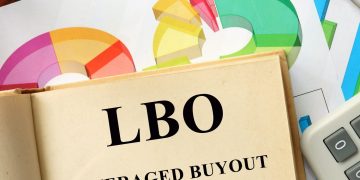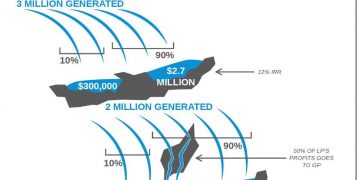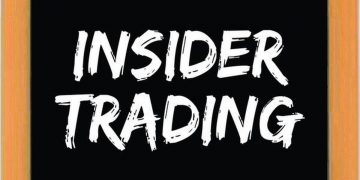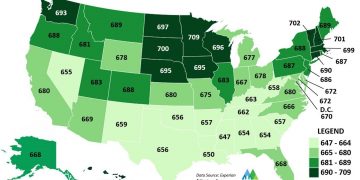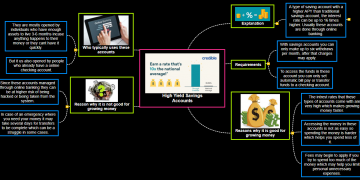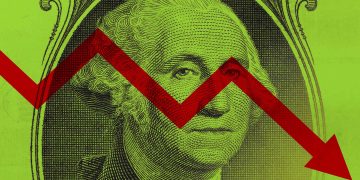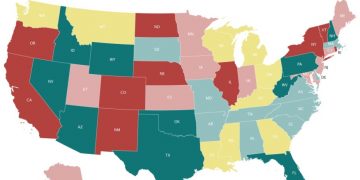Old school versus new school. Sometimes, discussion reverberations down the passage of time as the disrupters of business as usual burst on the scene with novel approaches to getting things done, while the laid-out players stick to the dependable.
This dynamic is currently performing as the focal point of the audience in the property and loss protection industry. Insurance agency and their merchants are working indefatigably to uncover fresher and better information to drive more precise monetary choices, modify item contributions and, at last, further develop consumer loyalty. En route, they’ve started taking advantage of a goldmine of vehicle information from associated vehicles, point-by-point conduct information from telephones, brilliant home information, and examination controlled by man-made brainpower (AI) that make it conceivable to remove basic experiences.
Yet, for all the development occurring on the main edge of the business, there is a key staying point that has been holding a considerable lot of these leaps forwards back from arriving at their fullest potential: Excel. The truth of the matter is, that a large part of the basic actuarial demonstration that actually drives the business today is based on old fashioned Excel calculation sheet. That can make incorporating new powerful investigation a piece like introducing Formula One sections on an Oldsmobile.
A new review led by the Casualty Actuarial Society investigates that extremely unique and, obviously to those acquainted with the protection business, the most tenured and credentialed specialists work harder at becoming specialists in bookkeeping sheets than they do taking on state-of-the-art devices that can deal with new information.
Stunning as that perception might be for those who’ve been following the development of the insurtech space during the beyond for quite a while, it checks out. Succeed has turned into the essential method for correspondence between leaders on issues of significance throughout forty years — which is the sum of most chiefs’ vocations! Unexpectedly overturning that work process isn’t something going to come about more or less by accident, however, the business will have to advance before the forefront can go genuinely standard.
Exemplary calculation sheet models have a few serious limits that will uncover themselves obviously during this time of dynamic expansion. They’re time-smoothed, and their accumulated lines and segments can’t respond to the monstrous changes in value appreciation and cost contrasts that influence item rate ampleness, claims the board, and capital requests without critical external assessment and judgment.
Genuine information exists to fill in these holes, and many organizations are tracking down ways of connecting that gorge utilizing new apparatuses, information, AI, and cloud assets. For instance, information from the auto business is currently being utilized for straightforward valuation and value gauging to address the truth that vehicles never again lose esteem the moment they are driven off the parcel. The steadiness of deterioration has calmed calculation sheet modelers into a rationale trap. Heated suspicions are currently disregarded; an arrangement of pre-owned vehicles can now be going up in worth to a limit rather than continuously falling in esteem every valuation period. Thus, for instance, as pre-owned car estimations flood to all-time highs, a $100 million in vehicle substitution inclusion quite a while back might address over 150% more than that today.
Wedding these two ways of thinking is simpler than it shows up. For instance, a guarantor could make two renditions of a bookkeeping sheet — one not surprisingly and the other that sends vehicle VIN information in a cluster for “cost now” valuation. These two renditions can then make situations of truth — one utilizing old presumptions and one utilizing present-day information. All things considered, future costs will track down harmony, yet at a new and higher level. That data would change the large-scale perspective on ratemaking, saving, and capital demonstrating, while as yet being displayed in old-fashioned Excel.
As an individual who has supervised an all-inclusive shift, there will continuously be those that won’t take on. Individuals actually do their duties manually, pay attention to vinyl collections and demand Wins are a preferable measurement for beginning pitchers once again FIP. However, assuming the beyond two years have shown us anything, it’s that suppositions can be off-base, and neglecting to be sufficiently nimble to move with the recurring patterns that accompany unanticipated instability gets individuals abandoned. The stakes are basically too high to even think about mulling, whether it’s an old-fashioned or new-school approach to working out models and showing up at choices. For backup plans, now is the right time to figure out how to mix the most ideal scenario.








